
There a four indispensable tactics to deploy when looking to make successful property investments in 2024.
Australia is undergoing an immense period of growth while experiencing a severe housing crisis, but that should not be a deterrent from beginning or growing a property portfolio.
To reap the full benefits of an investment property, now is the time to act before prices continue to rise.
To optimise the performance of your property portfolio, there are several factors to consider.
1. It’s all about the land
Land should be your very first consideration when investing in property. Land values appreciate, while the buildings on the land depreciate over time.
Search for a large block of land with proximity to the CBD. As land sizes in Australia continue to shrink and the urban footprint expands, this is the best investment to be made in Australia.
2. Population principles
To maximise returns, find an area with higher population growth than the general population. This will ensure the property value will continue to rise and at a much faster rate than the rest of Australia.
Don’t neglect to ensure the area has good existing and promised infrastructure, as well as multiple job hubs to guarantee sustainable growth over time.
Where there is population growth, there is demand for housing, and where there are jobs, there will be population growth.
Coomera in Southeast Queensland is the perfect example of an area with sustained growth, with a population growing at 10 per cent per annum (compared to Australia’s 1.3 per cent).
Located only 45 minutes from Brisbane’s CBD, Coomera has great existing infrastructure with a Westfield, train station, theme parks and schools. Coomera isn’t short of future-planned infrastructure either, with public and private hospitals, and a new M2 highway all under construction or soon to be.
3. Potential for a secondary dwelling
As our population continues to grow, we simply don’t have enough houses for people to live in, creating a desperate need for increased density.
With building companies hesitant to invest the time and money into apartment developments we need an immediate solution. The solution is secondary dwellings.
When searching for an investment property, an added bonus is a property with enough space to construct a secondary dwelling.
Not only will you earn an additional source of cash flow, but your property will provide some relief to the housing crisis.
4. Get the most out of your home loan
With all four of Australia’s biggest banks cutting their fixed rates, many have raised the question as to whether it’s worthwhile to switch to a fixed home loan.
To come out ahead on a one-year fixed rate loan, the RBA would need to raise rates once more and then remain unchanged for the next 12 months.
It’s highly unlikely anyone would come out ahead on a 12-month fixed rate today.
The RBA provides insightful data on how much the average bank customer pays on their home loan. Use this data to keep your bank honest.
Since April 2022, the RBA has increased its rates by 4 per cent, yet the average owner-occupier home has only increased by 3.37 per cent, and average investor home loan by 3.33 per cent.
Australians have been haggling with their banks for a better rate and/or refinancing to someone else who wants their business more.




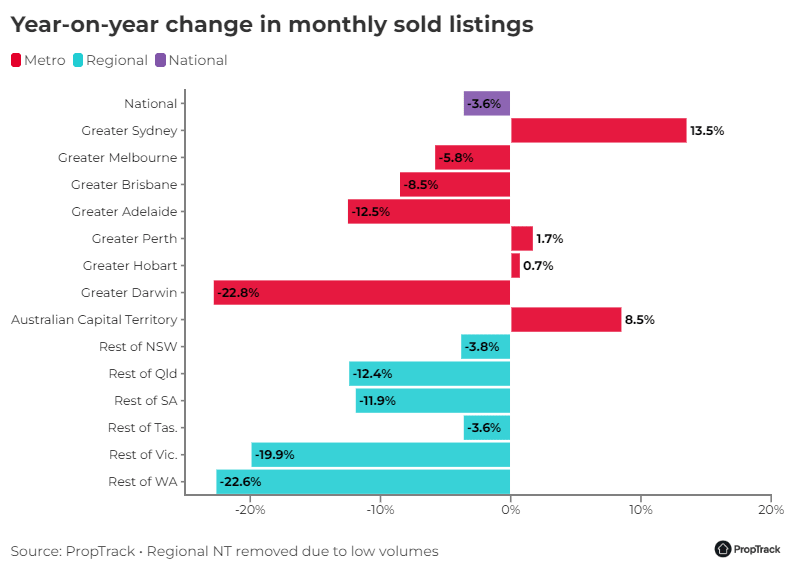

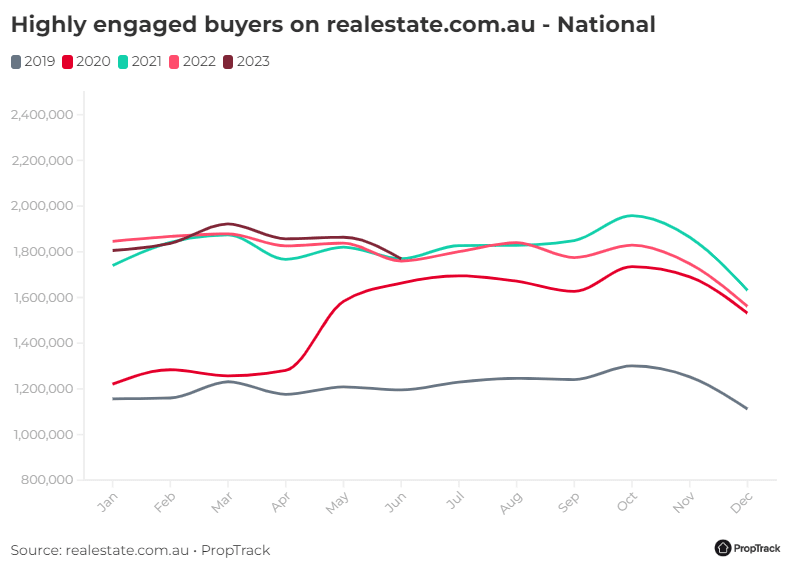
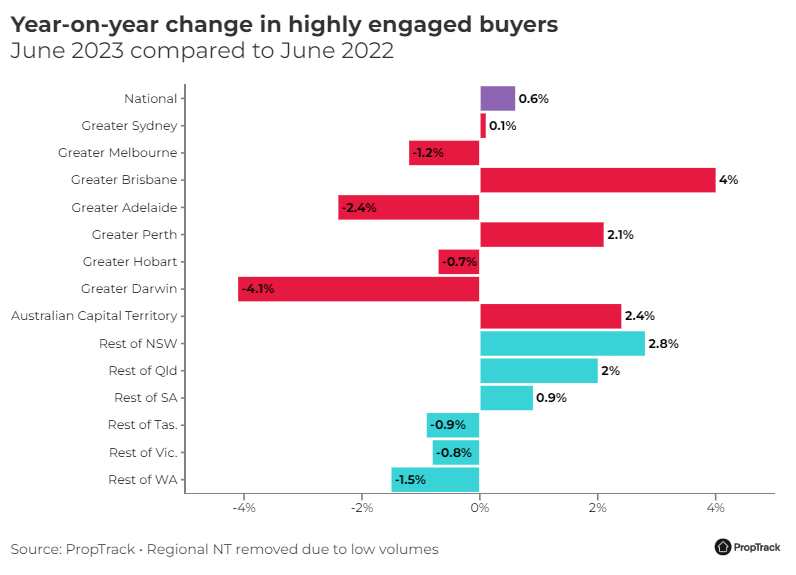

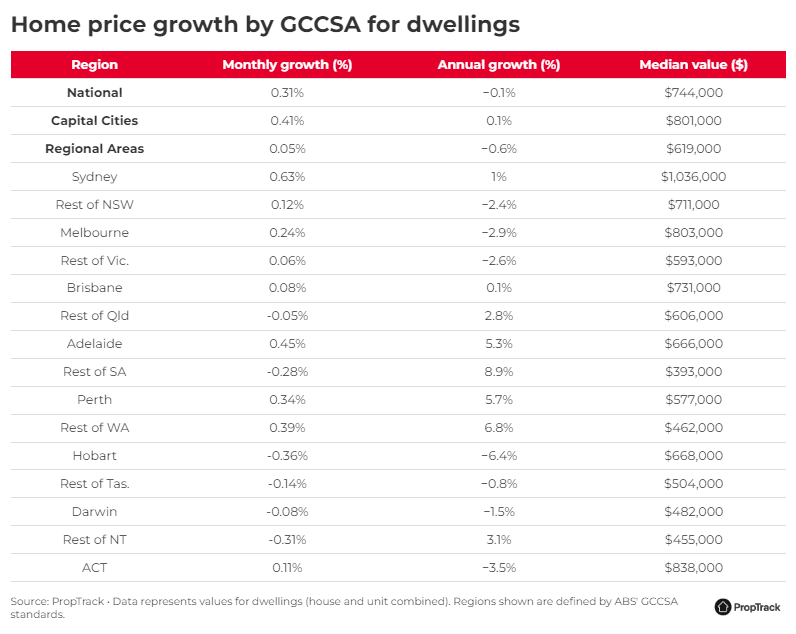
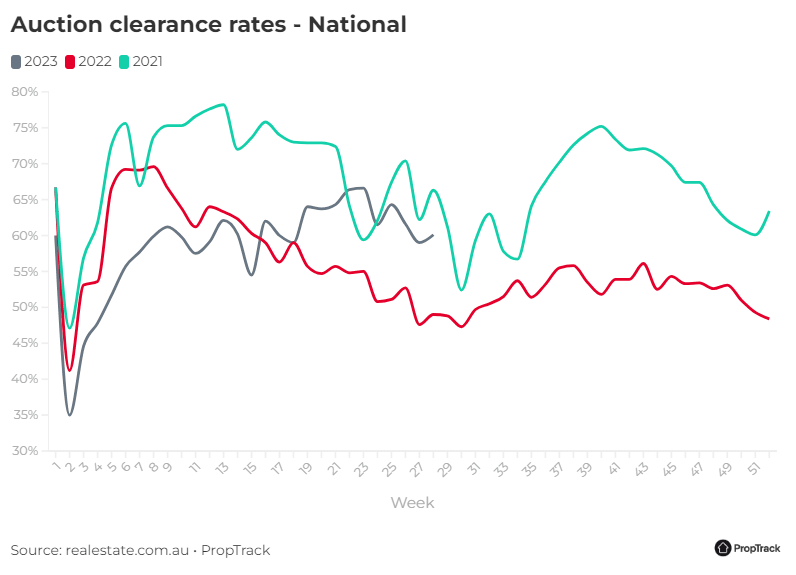


PH +61 427 448 634